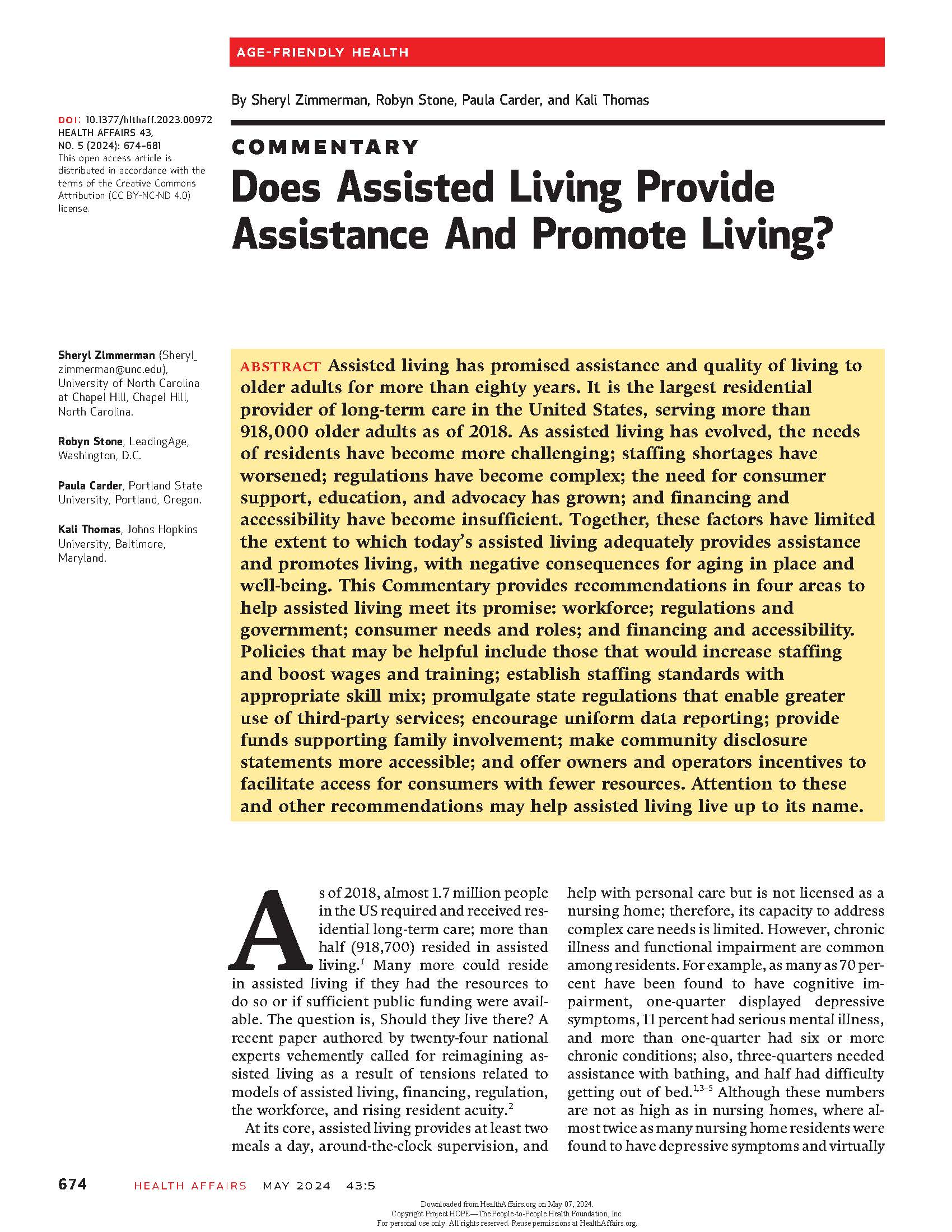Objective
Investigate how assisted living and residential care (AL/RC) and memory care (MC) contexts are associated with the 90-day prevalence of antipsychotic medication use (APU), considered a quality measure in long-term care.
Design
All licensed AL/RC settings in Oregon received an annual mailed questionnaire to provide aggregate resident demographics, health acuity, health service use, payment type, and organizational policies. Organizational measures were collected from state websites.
Methods
Random intercepts regression models were estimated to assess organizational and resident population characteristics associated with 90-day APU prevalence over 3 study waves (2017-2019).
Setting and Participants
We examine 932 observations in 463 AL/RC settings from 2017 to 2019 (137 settings participated in all 3 waves, 195 in 2 waves, and 131 in 1 wave).
Results
The average 90-day APU prevalence in 464 Oregon AL/RC settings is 30.7%, although rates differ by MC endorsement (23.9% in AL/RC and 42.7% in MC). Nonprofit settings were associated with lower rates of APU in both AL/RC [β = −4.4 (percentage points), 95% CI −8.4, −0.4] and MC (β = −12.4, 95% CI −21.2, −3.6). Compared with low-Medicaid settings, settings with very high proportions of Medicaid residents were associated with higher APU prevalence, +8.9 in AL/RC (95% CI 1.7, 16.1) and +11.0 percentage points in MC (95% CI 2.3, 19.8).
Conclusions and Implications
APU prevalence in MC settings and with high-Medicaid populations is considerably higher than non-MC and lower-Medicaid settings. Federal policies guide APU in nursing homes but not AL/RC. No national database of AL/RC exists; thus, state-based studies can inform the discussion of state policy and practice development. Additional study is needed to contextualize the relationships between AL/RC population-level practices and characteristics and the APU prevalence to inform policy and practice development related to this measure as a quality indicator.

Center for Excellence in Assisted Living CEAL@UNC
Advancing the well-being of the people who live and work in assisted living through research, practice, and policy.

